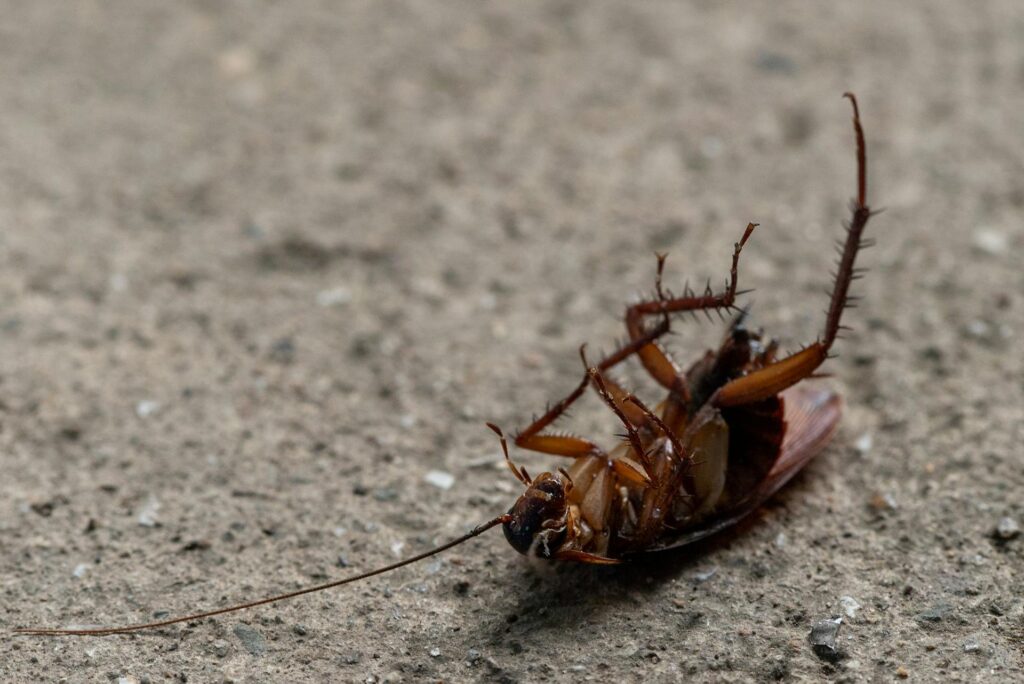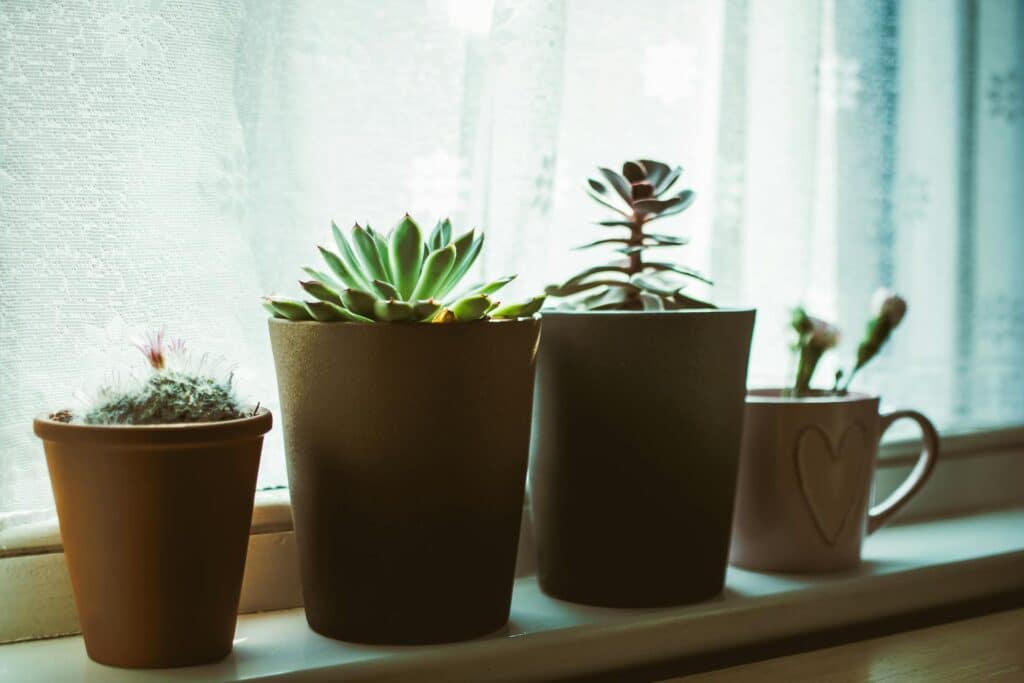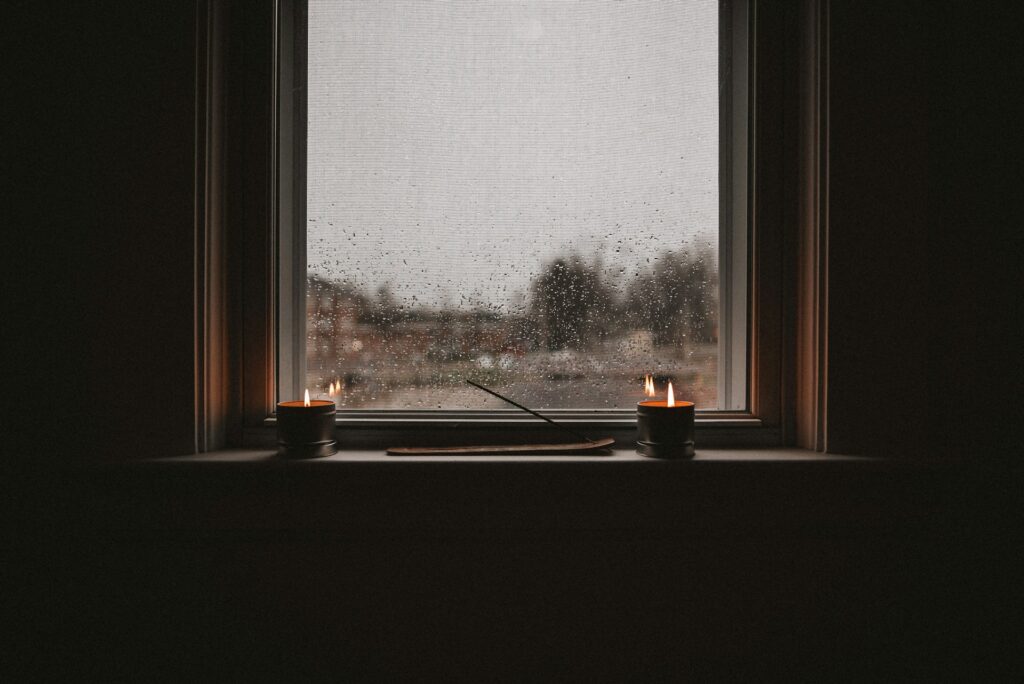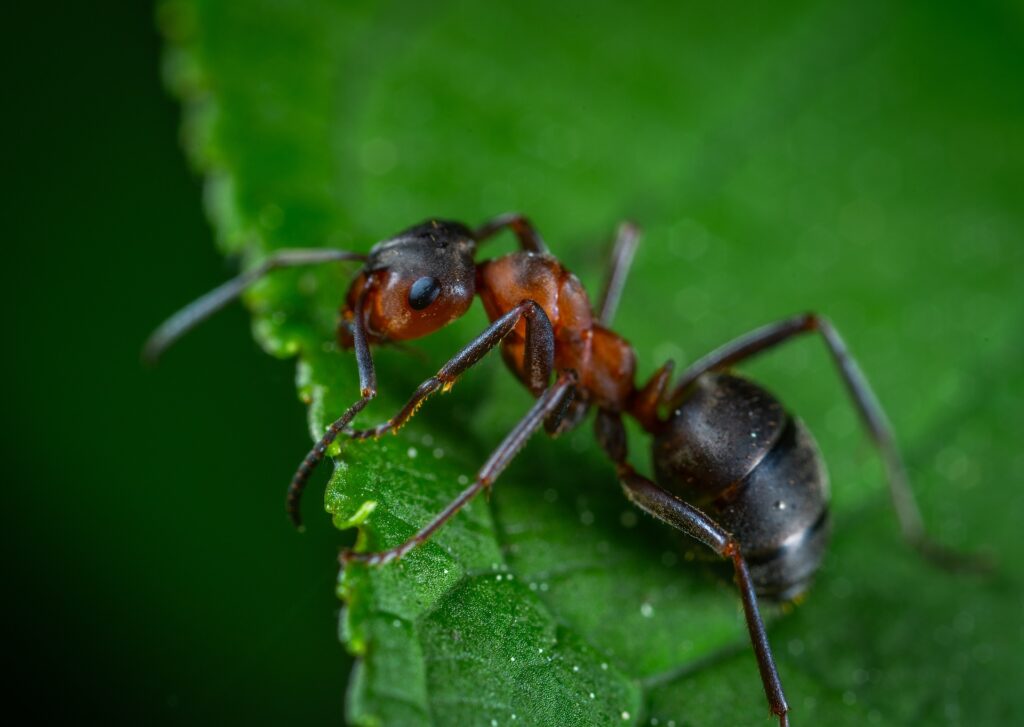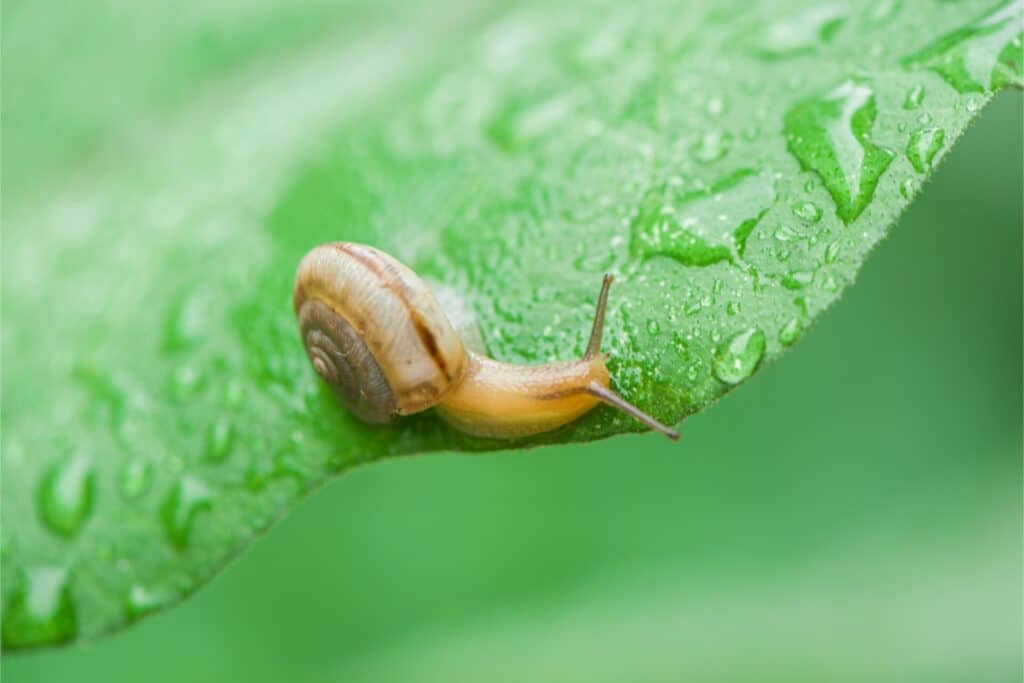When floods hit your home, you don’t want to have pests to worry about on top of everything else. Unfortunately, it’s common for new pests to show up in your home after a flood. You might think it’s odd that pests show up in your home after a flood. It seems like the flood should kill the pests, right? But just like humans, pests do their best to get above the floodwater and survive.
Finding “pest control near me” is a good place to start when you’re facing pest problems after a flood. But there are also important things for you to do on your own that will protect you and your home from new pest problems. Combining your efforts with professional pest control will give you your best home defense against pests.
Why Pests End Up in Your Home After a Flood
There are a couple of reasons pests end up in your home after a flood. First, pests are sometimes washed into or near your home by the floodwaters. Ants, in particular, are well-known for floating on the water until they find a dry spot to stay. Pests might also end up in your home when they are getting away from the rising floodwater. Your home tends to give pests the “high ground” they need to stay safe and survive the flood.
Some pests don’t come into your home during the flood, but instead show up after the flood. These pests are attracted to the water damage, sewage, etc. that can result from a flood. These pests could show up even weeks later if you can’t remove or repair the damage quickly.
How to Defend Your Home from Pests After a Flood
The easiest way to fight against pests after a flood, aside from searching for “pest control near me,” is quick prevention. Let’s take a look at a few things you can do after a flood to keep pests away from your home.
1. Cover Holes and Gaps
Floods can cause all sorts of damage to your home, including breaking through walls and wearing away at weak spots in your home. When this happens, you can end up with large holes or gaps in your home’s walls. Now, right after a flood, it might be hard to repair these holes perfectly. You might not be able to get the materials you need and you might need to make other repairs first.
But holes in your home are open invitations to pests. So even if you can’t repair the holes right away, you should find ways to cover them temporarily. The temporary coverings might not be 100% effective, but they still make a big difference compared to not covering the holes at all. Anything you can find to cover the holes solidly will make it harder for pests to come inside. And the sooner you can do this, the better your chances of preventing pests altogether.
2. Dry Your Home
Wet wood rots quickly, and when it rots, it attracts pests like a cat to catnip. Not to mention, of course, that any water damage can make a significant problem for your home. All around, water in your home is not good.
So you’ll want to get your home dry as quickly as possible. One thing you can do to help dry your home quickly is set up fans and dehumidifiers to help remove the moisture from your home. These are great tools for post-flood cleanup. You may also want to leave doors and windows open to let the house air out. But before leaving doors and windows open, make sure that you have screens covering the openings so pests don’t come in through the doors and windows.
3. Remove Organic Materials
Organic materials always attract pests. Things like wood, sewage, etc. bring pests anyway, but when those things are wet and all over your home, pests are going to have a heyday in your house. Getting rid of these things quickly will give the pests less reason to be in your home.
When you remove organic materials from your home, make sure that you’re dressed appropriately and that you take the needed safety precautions. The last thing you want is to hurt yourself or get sick because you didn’t clean up organic materials safely. Take the time to learn the best way to clean up these organic materials for your own safety and the safety of your family and home.
4. Check for New Infestations
After a flood, make sure you know what is in your home. Aside from checking for water damage and sewage, also check for new pests. If you can quickly get rid of the pests on your own, do so to keep the pest damage minimal. However, there’s a good chance that the pests in your home won’t be easy to get rid of on your own. If there are too many pests to get rid of or if you need help finding the pests, it’s time to look for “pest control near me.”
The pest professionals will know where to look for new pest infestations and how to get rid of them. Their treatments will also be most effective for getting rid of the pests entirely. The quicker you can find infestations and bring in the professionals to get rid of them, the better off your house and family will be.
Common Post-Flood Pests
Though many pests can end up in your home after a flood, there are a few that are more common to find than others. Ants and rodents can show up during a flood when the water washes them to your home or they crawl inside to get away from the flood. Ants might decide to live anywhere in your home, but rodents will do more to stay out of sight. Listen for skittering in the walls or ceiling, and watch for droppings and chew marks.
You’ll also likely have to deal with cockroaches and flies. Cockroaches love wet places, so your house after a flood will attract them more the longer it’s wet. And if sewage ends up in your home, flies will start swarming faster than you can get rid of them. These pests can be a lot to deal with after a flood, so don’t try to take care of everything alone. Pest experts can ease so much of your stress and worry so you can focus on putting your home back together.

